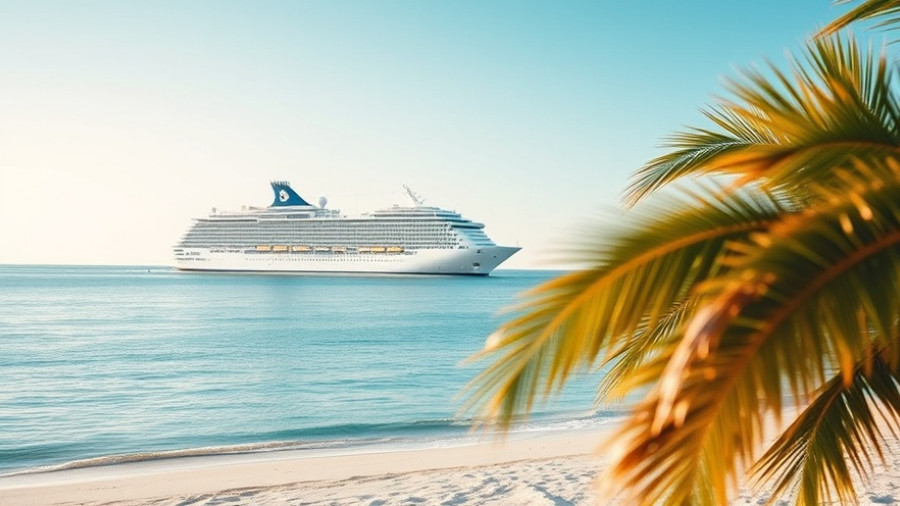
Understanding Honey's Incredible Shelf Life
Did you know that honey is one of the most shelf-stable foods on the planet? Unlike many perishable items, honey has a remarkable shelf life, sometimes extending for decades. Archaeologists have even found jars of 3000-year-old honey in ancient Egyptian tombs that were still edible!
The Science Behind Honey's Longevity
Honey's durability is owed to several key factors. With low moisture content—under 18%—it's a harsh environment for bacteria and mold to thrive. Additionally, honey's high sugar concentration creates osmotic pressure that discourages microbial growth, while its acidity provides another layer of protection against spoilage.
Natural antimicrobial properties found in honey also play a crucial role in its preservation. For instance, Manuka honey, a specialty from New Zealand, contains a compound called methylglyoxal (MGO), which offers even stronger antibacterial qualities.
Keeping Honey Fresh
To enjoy honey at its best, proper storage is essential. Always keep honey stored in a sealed container to prevent moisture intrusion, which could lead to fermentation. Aim for room temperatures around 70°F (21°C). Avoid refrigerating honey, as this can lead to crystallization, a natural yet unwanted process for many honey lovers.
For the freshest flavor, opt for raw or minimally processed honey from trusted sources, as adulterated honey can lack the beneficial compounds that contribute to its longevity.
What to Do When Honey Crystallizes
If your honey unexpectedly crystallizes, don’t fret! This is not a sign that the honey has gone bad. You can easily restore it to its liquid state by gently warming it in a warm water bath. Be sure to avoid overheating, which can degrade its quality.
As you savor the sweet, golden goodness of honey, remember its unique characteristics that allow it to last much longer than most other foods. With a few simple precautions, you can enjoy your honey's delightful flavors for years on end!
 Add Row
Add Row  Add
Add 




Write A Comment